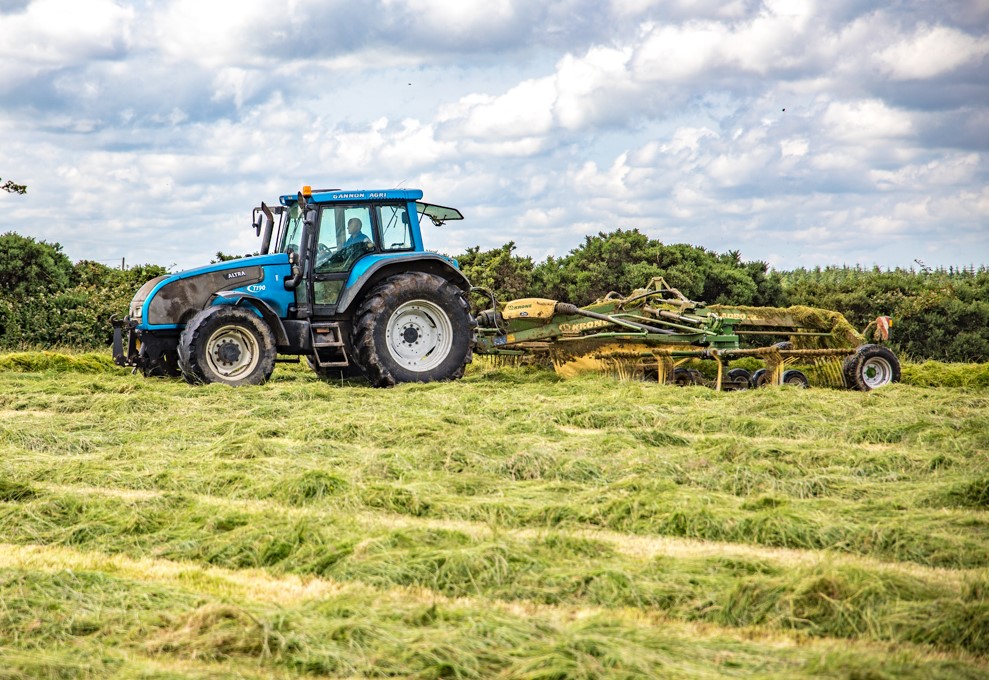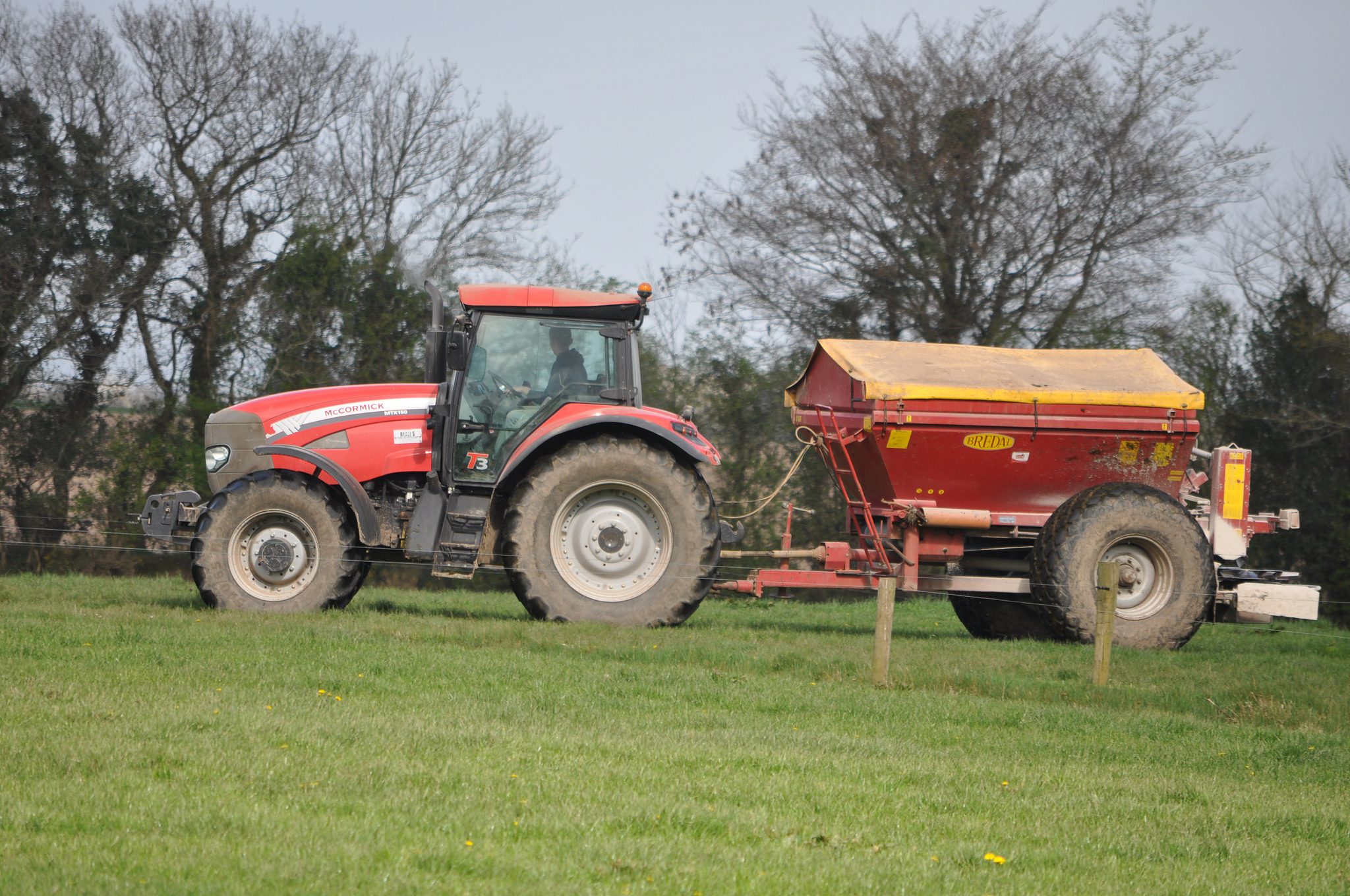May is the month of peak grass growth and this needs to be maximised on your farm. To help farmers, Teagasc offers the following six tips.
1. Walk silage ground
The research and advisory body has encouraged farmers to walk their silage ground to see how the crop is progressing.
Silage growth has increased in recent weeks and it’s important to assess your crop; it may be better than you think.
2. Target cutting date
When it comes to cutting, target having first-cut silage completed by June 10. Don’t delay cutting first cut. The aim this year is to have two silage harvests by August 1. Further surpluses can be taken after that.
3. Wilting
When cut, aim to wilt silage for a 12-24 hour period if possible. This will allow for the crop to dry out, increase sugars and decrease nitrates.
4. Test grass sugar content in advance of silage cutting
Sugar is the most important measure of ensilability. This test is available at your local Teagasc office.
5. Fertiliser spreading
Teagasc advises to continue to spread fertiliser on grazing ground after each grazing. Spread 30un/ac of nitrogen after each grazing on drystock farms and spread 40un/ac of nitrogen after each grazing on dairy farms. Sulphur should also be applied during these rotations.
6. Surplus bales
Take out surplus bales of silage if grass is getting ahead of you. Walk the grazing ground and skip any heavy covers for grazing and take them out as bales.




